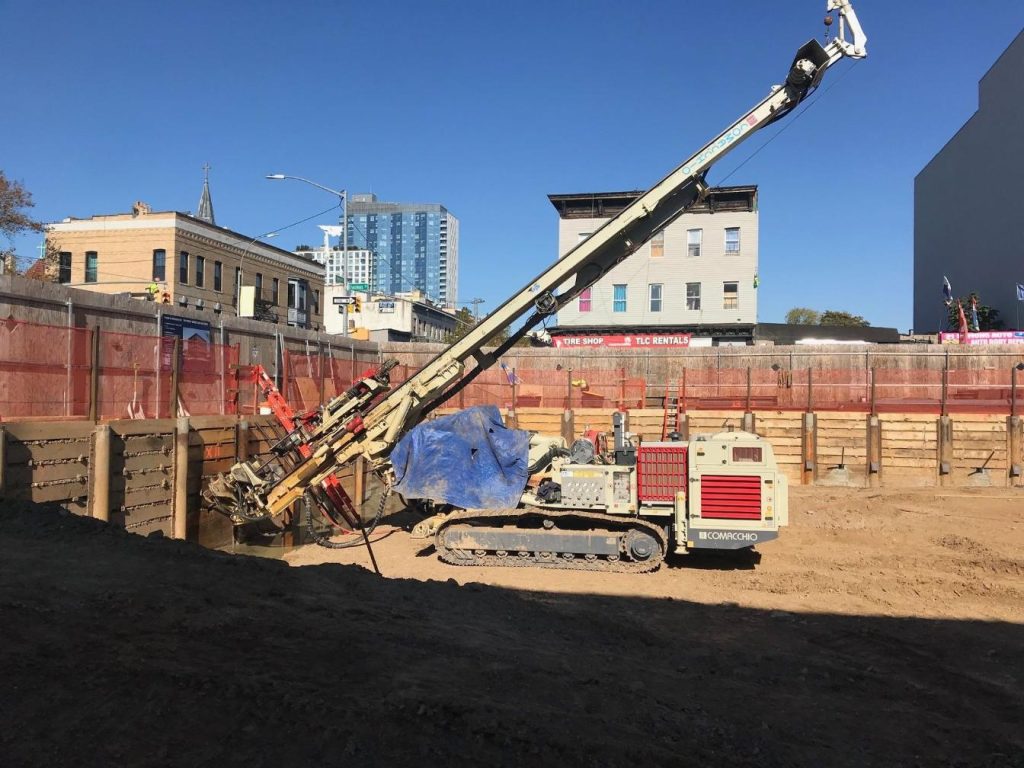When it comes to creating durable and reliable waterfront structures, top-quality marine construction is paramount. These structures, which include docks, piers, seawalls, and bulkheads, are subject to the harsh and unforgiving conditions of marine environments. From the relentless assault of waves and tides to the corrosive effects of saltwater, the demands placed on these constructions are immense. Ensuring their longevity and functionality requires expertise, precision, and the use of superior materials and techniques. The foundation of top-quality marine construction lies in a thorough understanding of the environment and the specific needs of the project. Each site is unique, with its own set of challenges such as varying water depths, soil conditions, and wave dynamics. A comprehensive site assessment is crucial to determine the most suitable design and construction approach. This involves detailed geotechnical surveys, hydrodynamic studies, and environmental impact assessments. By gathering this data, engineers can create structures that are not only robust but also environmentally sustainable.
 One of the key elements of high-quality marine construction is the selection of appropriate materials. Marine environments are particularly harsh, with saltwater causing corrosion and degradation of many traditional building materials. Therefore, using materials that can withstand these conditions is essential. Commonly used materials include treated timber, marine-grade concrete, stainless steel, and specialized composites. Treated timber, for instance, is often used for its natural resistance to rot and marine borers, while marine-grade concrete is designed to endure the corrosive effects of saltwater. The construction techniques employed are equally important. Pile driving is a common method used in marine construction, where long columns, or piles, are driven deep into the seabed to provide a stable foundation. This technique ensures that structures can withstand the dynamic forces of the marine environment. Advanced anchoring systems and underwater welding are also utilized to enhance the stability and integrity of the structures. These methods require specialized equipment and skilled professionals to ensure precision and safety.
One of the key elements of high-quality marine construction is the selection of appropriate materials. Marine environments are particularly harsh, with saltwater causing corrosion and degradation of many traditional building materials. Therefore, using materials that can withstand these conditions is essential. Commonly used materials include treated timber, marine-grade concrete, stainless steel, and specialized composites. Treated timber, for instance, is often used for its natural resistance to rot and marine borers, while marine-grade concrete is designed to endure the corrosive effects of saltwater. The construction techniques employed are equally important. Pile driving is a common method used in marine construction, where long columns, or piles, are driven deep into the seabed to provide a stable foundation. This technique ensures that structures can withstand the dynamic forces of the marine environment. Advanced anchoring systems and underwater welding are also utilized to enhance the stability and integrity of the structures. These methods require specialized equipment and skilled professionals to ensure precision and safety.
Innovative technologies have further advanced the field of marine construction. The use of prefabricated components, for instance, allows for faster and more efficient assembly of structures. These components are manufactured in controlled environments, ensuring high quality and reducing the impact on the marine ecosystem during installation. Additionally, contact us modern software tools for design and simulation enable engineers to model the behavior of structures under various conditions, optimizing their performance and durability. Environmental considerations play a significant role in top-quality marine construction. Sustainable practices, such as using eco-friendly materials and minimizing disruption to marine habitats, are increasingly being prioritized. For example, bioengineered materials and living shorelines, which integrate natural elements like plants and oyster reefs, not only protect the shoreline but also enhance biodiversity and water quality. Furthermore, the longevity and maintenance of marine structures are crucial aspects of quality construction. Regular inspections and maintenance schedules are essential to address wear and tear, and to prevent minor issues from escalating into major problems.